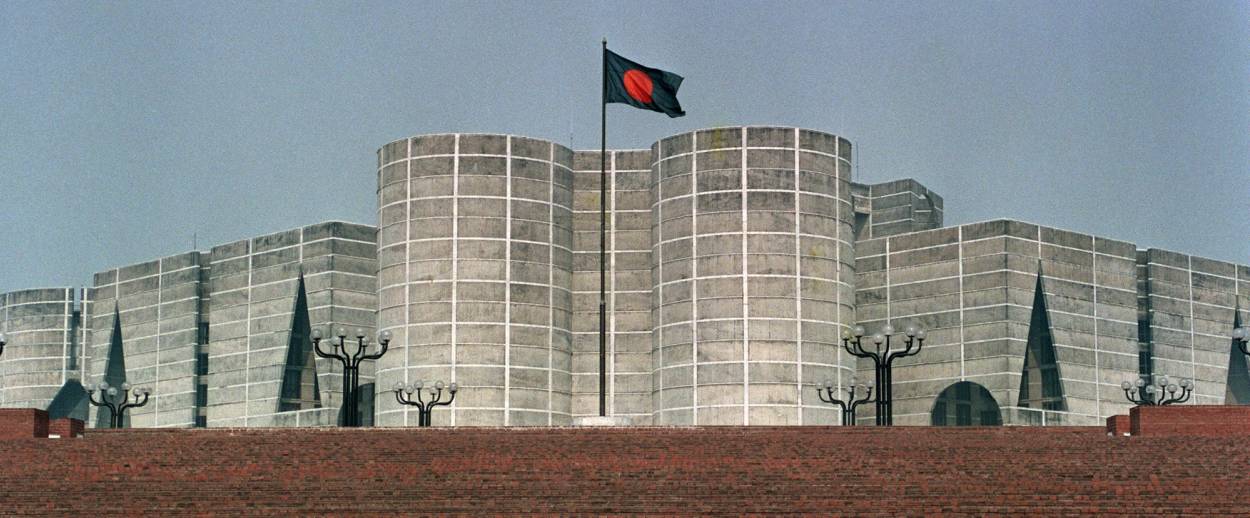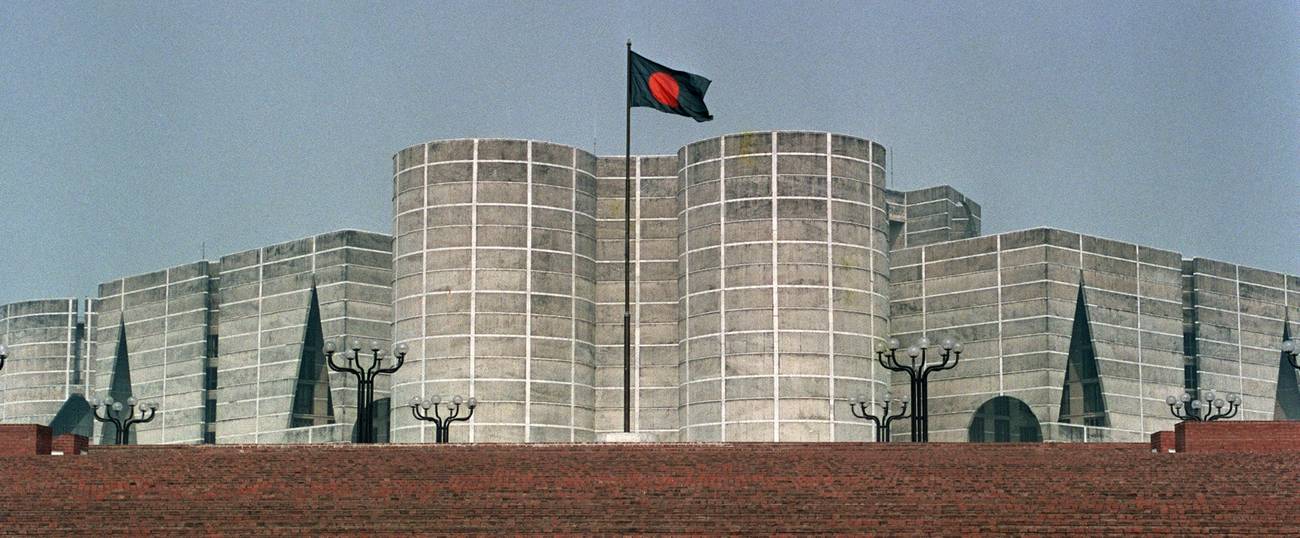Louis Kahn Architectural Retrospective Opens in the U.S.
An exhibition featuring the creations of the legendary architect is now showing at the Bellevue Arts Museum in Washington




When police found Louis Kahn supine in a men’s room in Penn Station in 1974, they didn’t recognize him as one of the country’s greatest builders. He had crossed out his home address in his passport. And no one was at his office that Sunday. So it took days for his spouse—and the world—to learn that Kahn, whom Robert A.M. Stern once called “one of the eminent architects of our age,” was dead at 73.
Now, a traveling European exhibition that’s the first retrospective of Kahn’s work in 20 years, is making its first stop in the U.S. The exhibition, Louis Kahn: The Power of Architecture, opened last month and runs through May 1 at the Bellevue Art Museum in Washington. The retrospective reveals Kahn’s architectural gifts, and then some.
Kahn‘s landmark designs—the Yale University Art Gallery (1951-1953), Salk Institute in La Jolla, California (1959-1965), the National Assembly Building in Dhaka, Bangladesh (1962-1983) and the Kimbell Art Museum in Fort Worth, Texas (1966-1972)—are characterized by his fascination with natural light, complex and monumental spatial compositions, and a wide range of moods that express, nevertheless, universal symbolism.
Born Itze-Leib Schmuilowsky on Feb. 20, 1901, Kahn arrived destitute with his parents from then-czarist Russia, now Estonia, in 1906. On scholarship, he graduated from the University of Pennsylvania (which organized the exhibit in collaboration with The New Institute in Rotterdam and the privately-owned Vitra Design Museum in Weil am Rhein, Germany). While a working architect, he instructed students at Yale and his alma mater—where he was a celebrated teacher and theorist.
From time to time, his name resurfaces to capture public imagination. In 1997, his Phillips Exeter Academy Library (1972) won the Twenty-five Year Award from the American Institute of Architects. In 2003, 30 years after his death, Kahn’s only son, Nathaniel, traveled to see what remained of his father’s architectural and familial legacy, and to better understand the father he never lived with. The resulting film, the Oscar-nominated documentary, My Architect: A Son’s Journey, unraveled more of Kahn’s mystique and revealed that, at the time his death (heart attack), Kahn was half a million dollars in debt and the father of two children with women other than his wife. (The three half-siblings meet each other on camera.)
In 2009, Susan Solomon revisited Kahn‘s vision for sacred architecture in the book Louis I. Kahn’s Jewish Architecture: Mikveh Israel and the Midcentury American Synagogue, which addressed how the visionary sought to express connection to the infinite through the infinite. In his review of the book, Tablet contributor Samuel D. Gruber wrote, “Unlike contemporaries who brought bravado expressionism and superficial symbolism to synagogue design, Kahn searched for, and achieved, something deeper.”
In 2012, Kahn grabbed headlines posthumously with the construction of his design for the dramatic FDR memorial, Four Freedoms Park, on Roosevelt Island, designed 40 years earlier (1973-2012).
And yet, Kahn’s designs were highly idiosyncratic and didn’t always please his clients, many of whom he lost. But as his renowned colleague I.M. Pei once said: “Three or four masterpieces more important [than] 50 or 60 buildings—quality not quantity.” As admirers of Kahn‘s work suggest, his impact is like an olive tree, maturing incrementally, fruiting slowly and revealing the majestic.
Related: Sacred Space
Award-winning journalist Lisa Klug is the author of the bestselling pop culture titles Cool Jew, a National Jewish Book Award Finalist, and Hot Mamalah: The Ultimate Guide for Every Woman of the Tribe. Her work has appeared in many outlets, including The Atlantic, Forbes, Forward, Huffington Post and The Los Angeles Times, as well as The New York Times, The Times of Israel, and Variety, where she is a stringer. Visit her Facebook page, or follow her on Twitter @lisaklug.